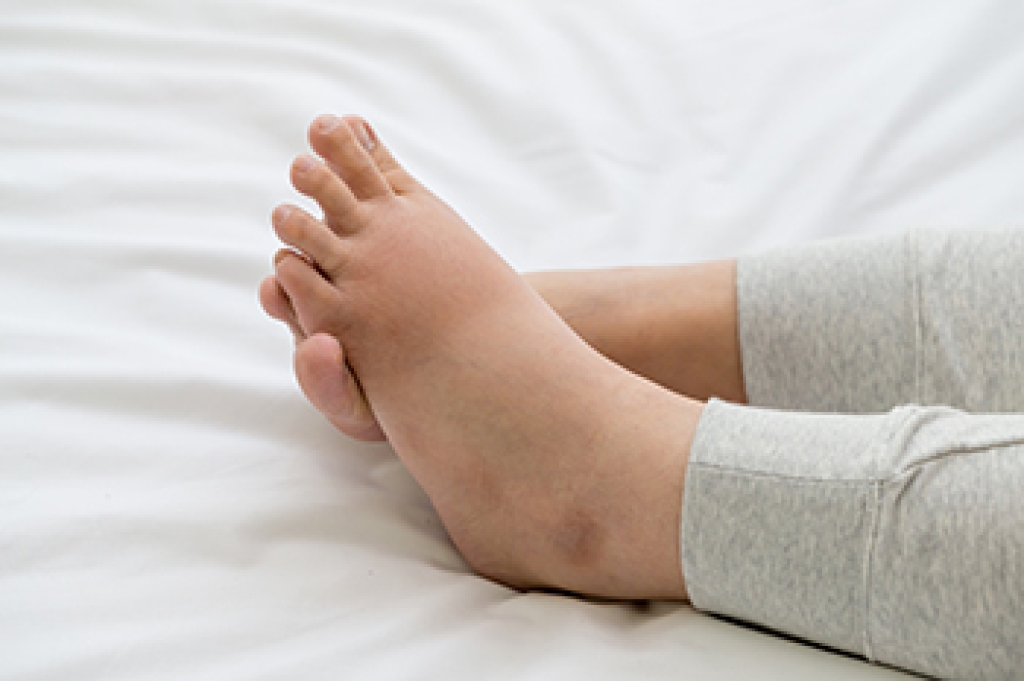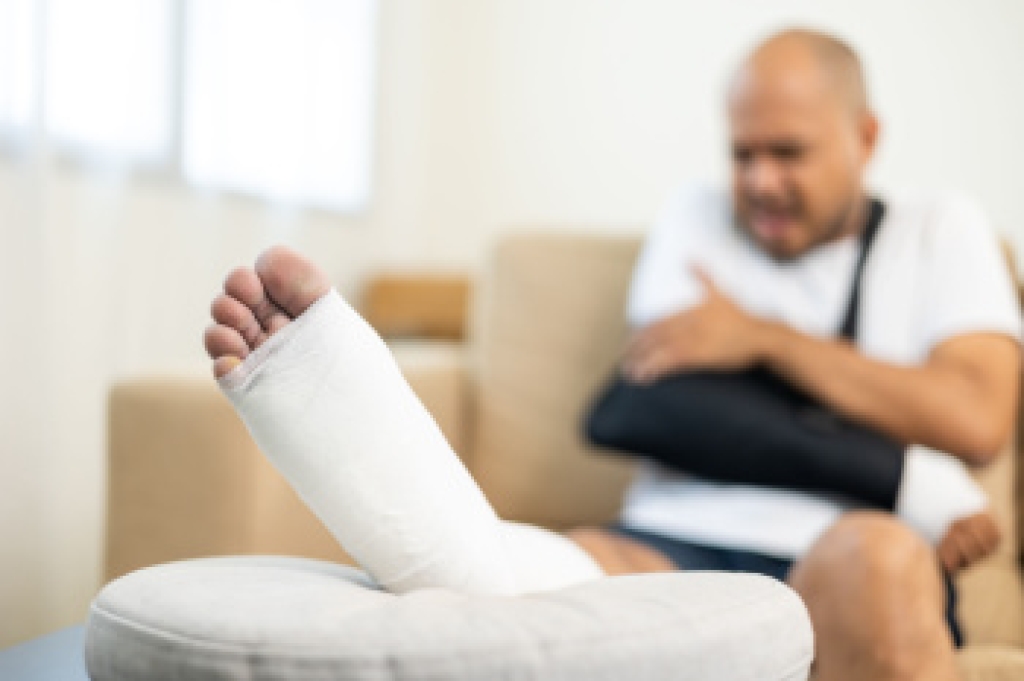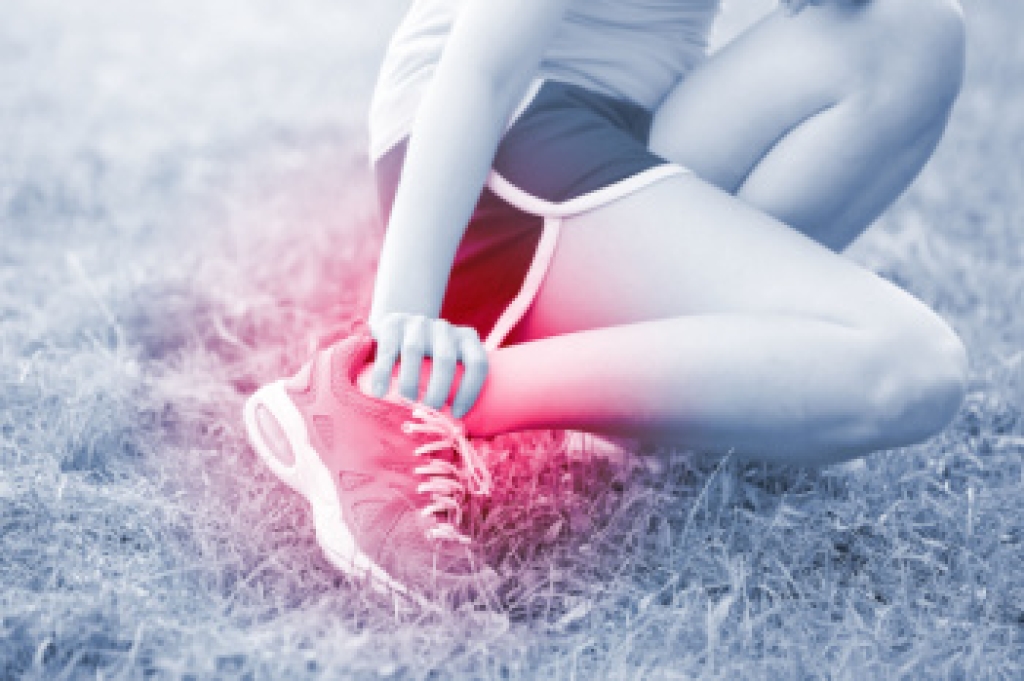
Swollen feet and ankles during pregnancy can develop when the body holds extra fluid as the growing uterus places pressure on blood vessels that support circulation in the lower legs. This shift can lead to puffiness around the toes, arches, and ankles, especially later in the day or after standing for long periods of time. Some women also notice their feet feel tight in shoes that lack adequate support, like flip-flops, which can add to discomfort. While gradual swelling is often linked to normal physical changes, a sudden increase in swelling in the feet or ankles can signal a problem that requires prompt evaluation. A podiatrist can assess foot structure, check circulation, and recommend safe options, including supportive footwear or orthotics. If you have excessive swelling in your feet and ankles, it is suggested that you schedule an appointment with a podiatrist for a diagnosis and appropriate treatment.
Pregnant women with swollen feet can be treated with a variety of different methods that are readily available. For more information about other cures for swollen feet during pregnancy, consult with David Mansky, DPM from Mansky Podiatry. Our doctor will attend to all of your foot and ankle needs.
What Foot Problems Can Arise During Pregnancy?
One problem that can occur is overpronation, which occurs when the arch of the foot flattens and tends to roll inward. This can cause pain and discomfort in your heels while you’re walking or even just standing up, trying to support your baby.
Another problem is edema, or swelling in the extremities. This often affects the feet during pregnancy but tends to occur in the later stages.
How Can I Keep My Feet Healthy During Pregnancy?
- Wearing orthotics can provide extra support for the feet and help distribute weight evenly
- Minimize the amount of time spent walking barefoot
- Wear shoes with good arch support
- Wear shoes that allow for good circulation to the feet
- Elevate feet if you experience swelling
- Massage your feet
- Get regular, light exercise, such as walking, to promote blood circulation to the feet
If you have any questions, please feel free to contact our office located in Hastings, MI . We offer the newest diagnostic and treatment technologies for all your foot care needs.




